Clerodendrum - evergreens of the Verbena family, which came to us from the African tropics. In the people, these flowers are often called Trees of Fate, Volkameria, Innocent Love. In indoor floriculture, shrub forms and vines of this plant are grown. Their popularity is due to a rare combination of unpretentiousness and amazing beauty.
Thompson species is one of the most famous plant species. Its representatives are deciduous vines with strongly branching, interwoven shoots. Caring for Thompson's clerodendrum in normal household conditions is not difficult. In certain situations, the florist may have some difficulties, but if all the recommendations for growing the plant are followed, they are easy to avoid.
Content
Ms. Thompson's Clerodendrum Descriptions
Under natural conditions, the shoots of Clerodendrum Thomsoniae can reach 4 m in length and leaves up to 17 cm. At home, the flower grows not so large, but in the absence of pruning it can reach a couple of meters. Curly shoots, flexible, prone to weaving. Over time, they lignify.
Leaves grow opposite. They are attached to the shoots with the help of short petioles. The plates are oval with a slightly elongated tip. The vein mesh is pronounced. Due to the relief of the veins, it seems that the surface of the plate is quilted. The leaves have a solid dark green color, but there are also variegated hybrids of Mrs. Thompson.
This type of clerodendrum usually blooms once a year: from spring to autumn. Some gardeners are able to stimulate additional flowering. Inflorescences are formed in the axils of the leaves of the lateral shoots. They have a racemose shape and hold from 8 to 20 flowers.
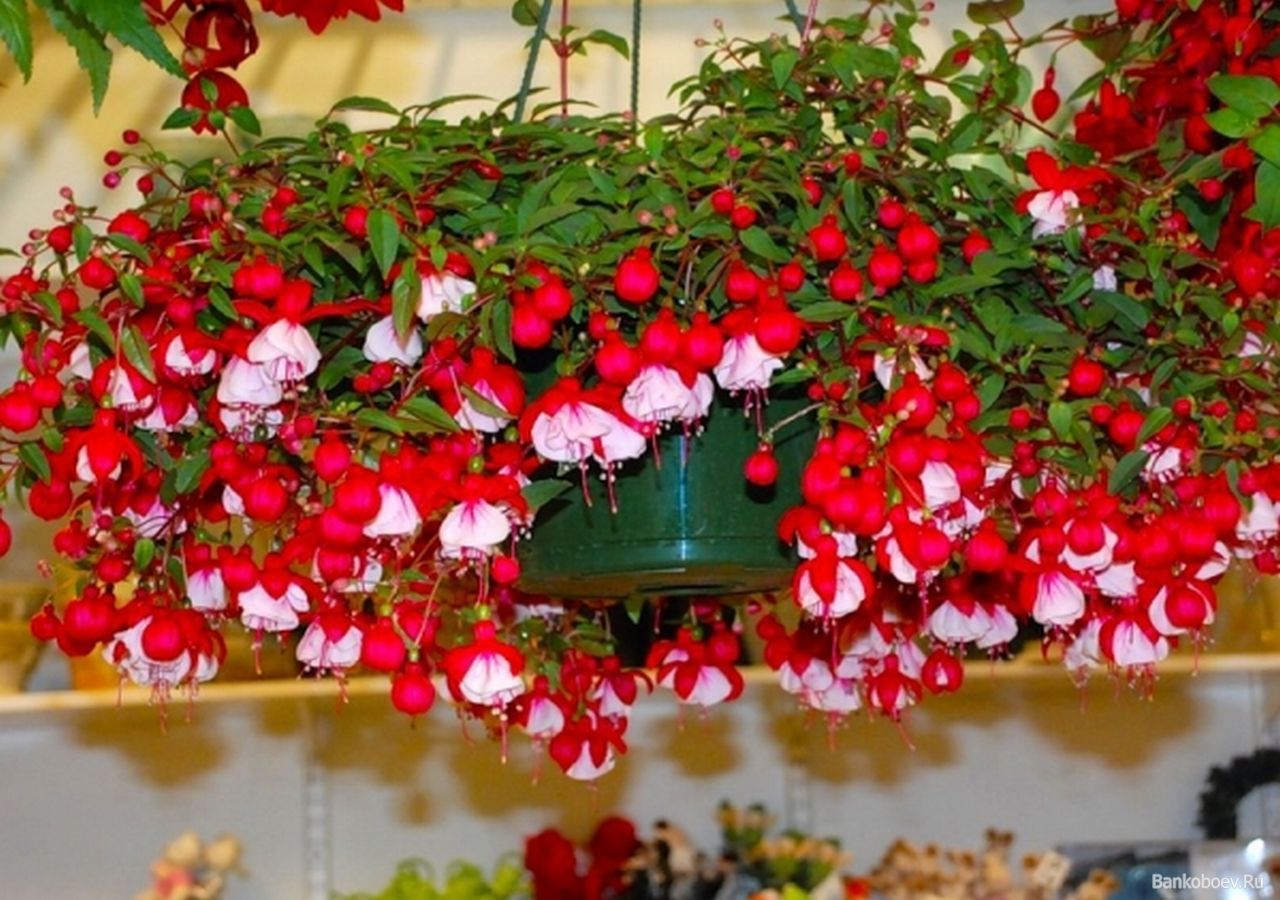 You may be interested in:
You may be interested in:The flower of clerodendrum has an unusual structure:
- white five-lobed bract, resembling a flashlight;
- a scarlet five-lobed corolla similar to a moth;
- long yellow stamens, antennae.
You can appreciate the grace of the flower of clerodendrum in the photo.
Some varieties are distinguished by cream bracts. Corollas depart very quickly, and the bracts hold for a rather long time. Over time, they change their color: first they become pinkish, then lilac. After the flower withers, a bright orange fruit is formed in its place. Inside the fruit is a single seed.
The most interesting hybrids are the following varieties of clerodendrum:
- After blooming, whose stipules initially have a pale lilac color.
- Albo marginata is a variegated hybrid with almost white-yellow leaves.
Thompson Clodendrum Care at Home
Growing a flower at home is not difficult. The main thing is to comply with the recommendations of plant care specialists and provide it with a winter dormant period.
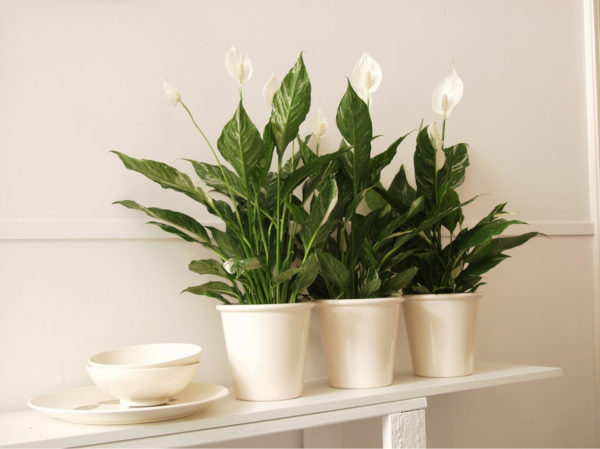 You may be interested in:
You may be interested in:Lighting
A flower needs a lot of bright light. The optimal daylight hours for clerodendrum are 10-12 hours. Due to the fact that direct sunlight has a detrimental effect on the decorative appearance of the plant, it should provide a lot of diffused light.
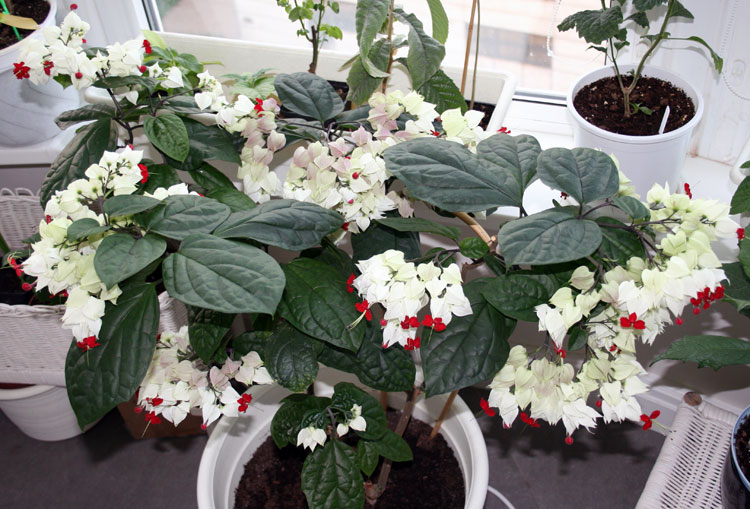
On the south side, the plant will need to shade, especially at noon, when solar activity reaches its peak. The north side is not the best solution for flower arrangement. Without additional lighting, carleroderum may refuse to bloom.
Temperature and humidity
Growing a flower provides for compliance with a certain temperature regime. During the growing season, the formation of buds and flowering, the air temperature should be between + 18-25 ° C. Otherwise, the vine will not bloom.
In winter, the temperature is gradually reduced to + 15 ° C. At this time, the plant is resting and preparing for a new round of vegetation. For the duration and abundance of the upcoming flowering, he should provide coolness. Subcooling should not be allowed. The minimum temperature allowed when growing clerodendrum is + 13 ° C.
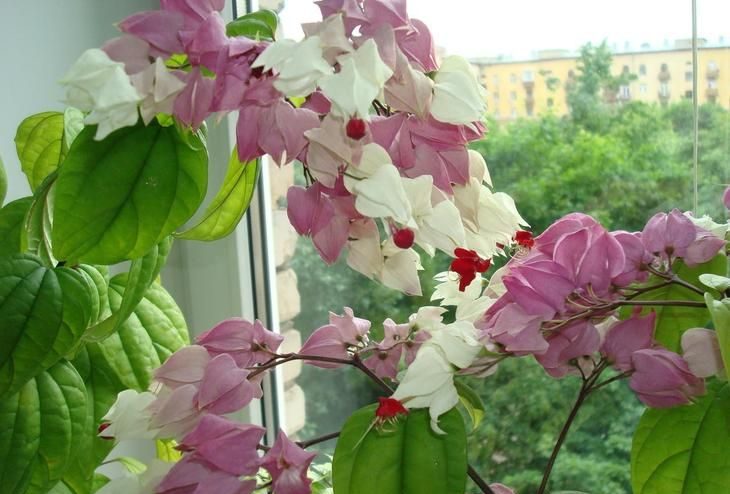
Clerodendrum is grown in high humidity. It is recommended to spray daily the air around the plant and periodically wipe the leaves with a wet towel. Spraying the leaves is only possible with a finely divided spray. In summer, the flower can be placed under a warm shower.
You can raise the humidity level using a special humidifier. In winter, the flowerpot must be removed from heating appliances that greatly dry the air.
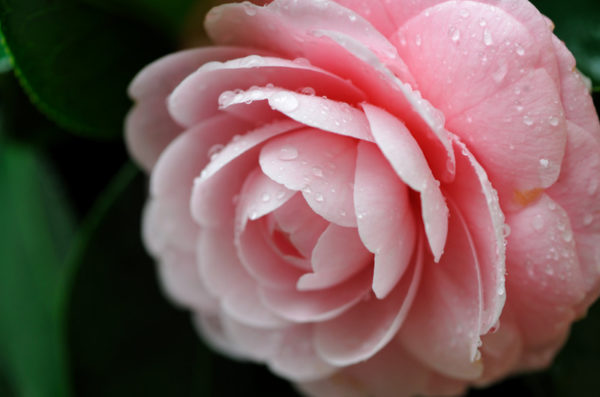 You may be interested in:
You may be interested in:Watering and feeding
During the growing season, watering should be plentiful. Drying of the topsoil is undesirable. Watering the clerodendrum is carried out according to the following scheme:
- growing season - twice in 7 days;
- flowering period - every 2 days;
- rest period - 1 time per week with a small amount of water.
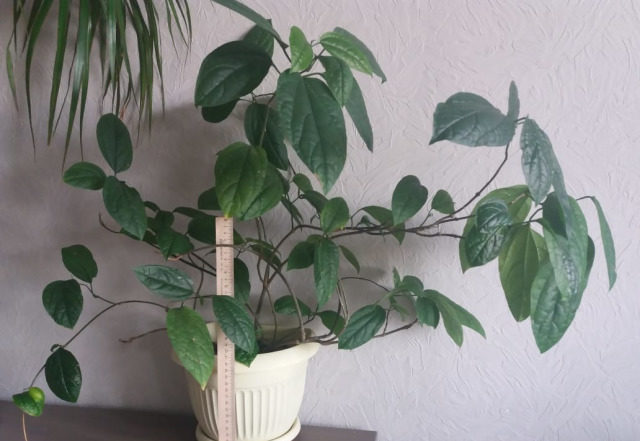
Salts contained in household water leave an unaesthetic white coating on the leaves of the plant. Therefore, such water is passed through a filter before use. It is best to water the flower with rainwater.
Clerodendrum must be fertilized. Nutrient deficiency leads to a loss of decorativeness and lack of flowering. Feeding begins to be administered immediately after the plant leaves the dormant period. The frequency of fertilizer application is no more than 2-3 times a month.
As a prevention of chlorosis, clerodendrum should be fed with iron. To do this, experienced flower growers instill a rusty nail into the substrate during transplantation.
Diseases and Pests
Most often, Clerodendrum is affected by such diseases:
| Definition | Symptoms | Treatment |
|---|---|---|
| Chlorosis | Yellowed, crushed leaves, which eventually fold and fall. The buds are deformed, and the roots die. | The flower is cleaned of all affected areas and treated several times with fungicides. The soil is replaced with fresh. Pot and tools are sanitized. |
| Bacterial rot | There is a slowdown in growth. Rapidly growing black spots appear on the leaves. There is a sticky coating on the roots. | |
| Gray rot | Leaves are covered with brown spots. Soon a gray edge appears on them. | |
| Fusarium | All ground parts of the plant turn yellow, then dry out. The disease spreads from the bottom up. On the roots, a jelly-like pinkish mildew is visible. |
Clerodendrum can be infected by the following pests:
- Aphid. These translucent insects cover the shoots with a continuous carpet. The plant slows down growth. Leaves and buds are deformed, fall off.
- Whiteflies White pests are clearly visible on a dark green background of leaves. Due to infection, the leaves of the flower are deformed.
- Spider mites. Pests are determined by the thin threads of the cobweb on the leaves and petioles. Leaves wither, flowers lose attractiveness.
How to propagate and transplant a flower at home
Young clerodendrums are transplanted annually, adults - every 2-3 years. The plant is propagated in two ways: seeds and cuttings.
Transfer
The transplant is carried out after exiting the dormant period. The procedure is as follows:
- Cover the bottom of the pot with a drainage layer of expanded clay.
- A thin layer of fresh substrate is poured onto it.
- The plant along with an earthen lump is placed on the soil. The void of the pot is filled with fresh soil.
- The soil is slightly crushed.
- Water and feed the plants.
A mixture of peat (1/3), coarse sand (1/3), sheet soil (1/6) and clay (1/6) is used as a substrate.
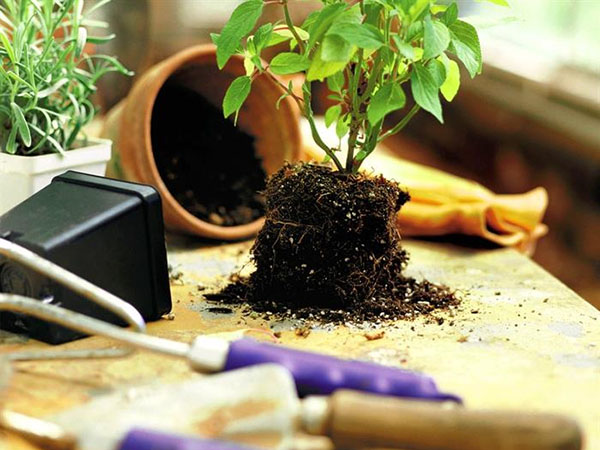
The flower has very brittle roots, so the transplant is carried out exclusively by transshipment from pot to pot. For the same reason, it is impermissible to stick supports in pots. They are installed in a pot before plants are placed there.
Breeding
Reproduction by seeds is a rather laborious process. To remove a flower from seeds, you should perform the following actions:
- The container is filled with soil consisting of turf land, sand, peat.
- Seeds are sown in moist soil. The container is tightly closed with a film, glass or a transparent lid.
- Seedlings provide bright diffused light, high humidity. The seed container must be opened daily for ventilation.
- With the advent of 4 full leaves, sprouts dive in separate pots.
Sowing time is determined by the plant from which the seeds were collected. It coincides with a new round of vegetation of the mother plant.
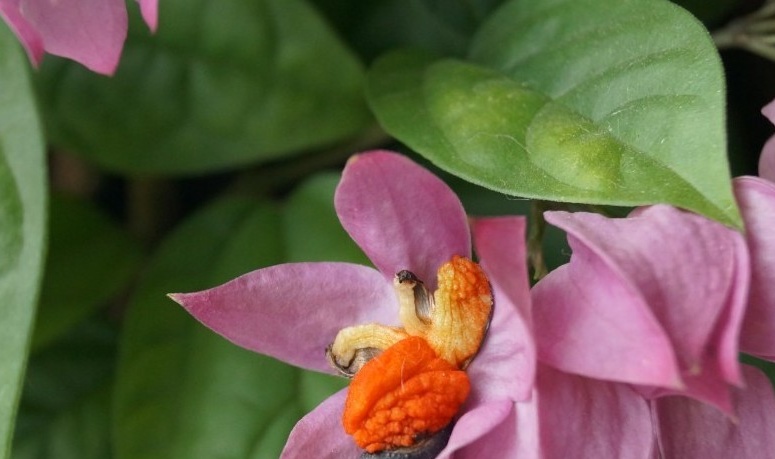
A simpler way to propagate a flower is cuttings. The shoots cut off during spring pruning are rooted in water. The layering, which has taken root, is transplanted into a substrate suitable for sclerodendrum.
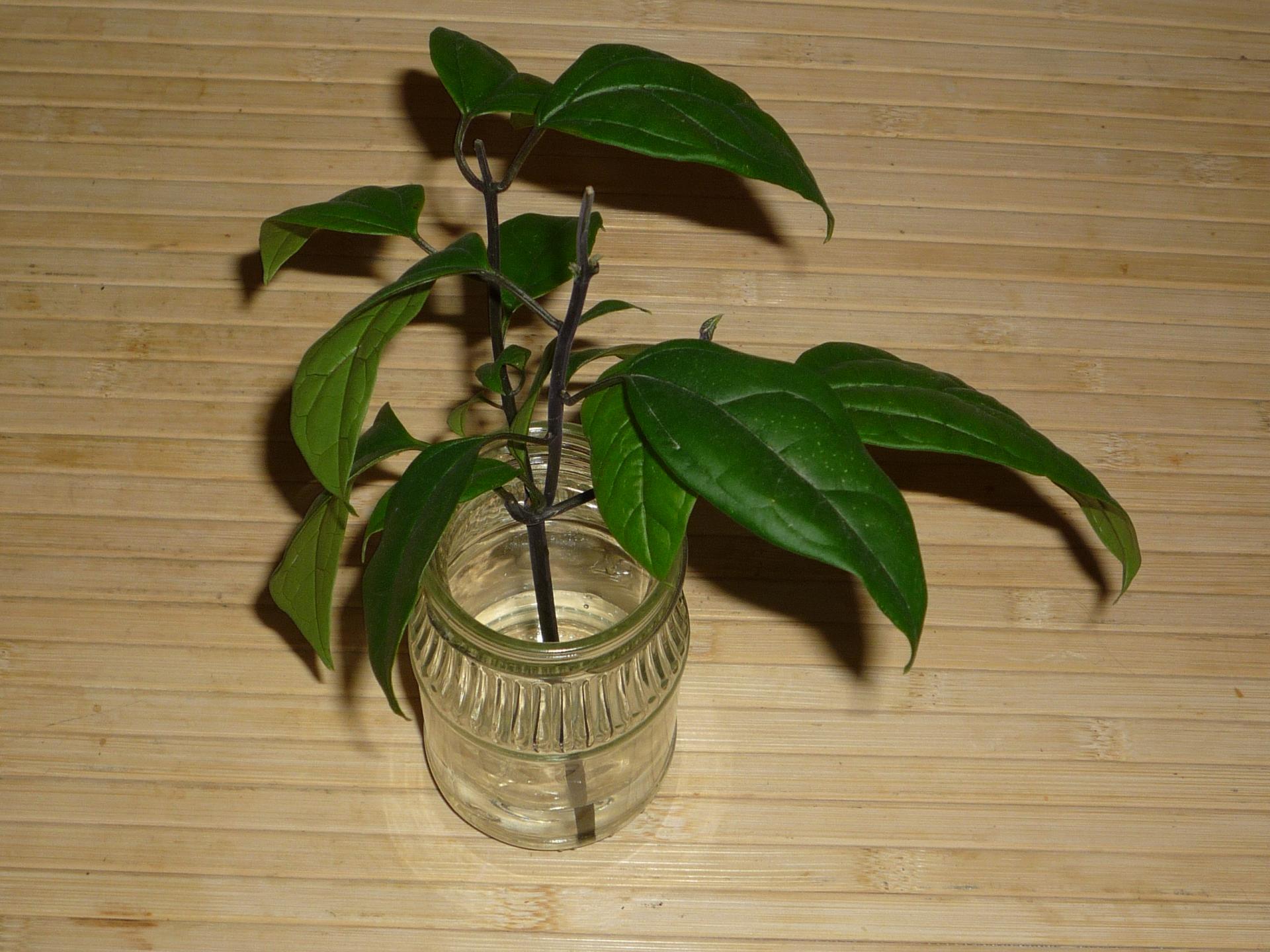
Common Growing Questions
Thompson's Clodendrum is a fast-growing vine with a high degree of decorative effect. Unlike some other species of this plant, representatives of the Thompson species are unpretentious in care.

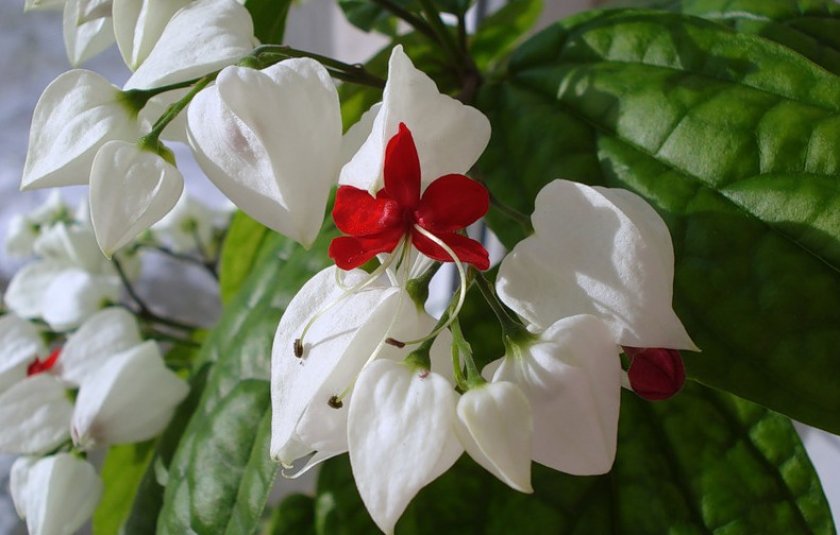
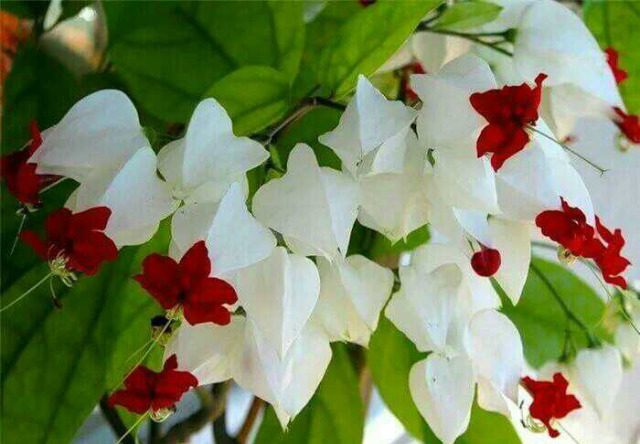

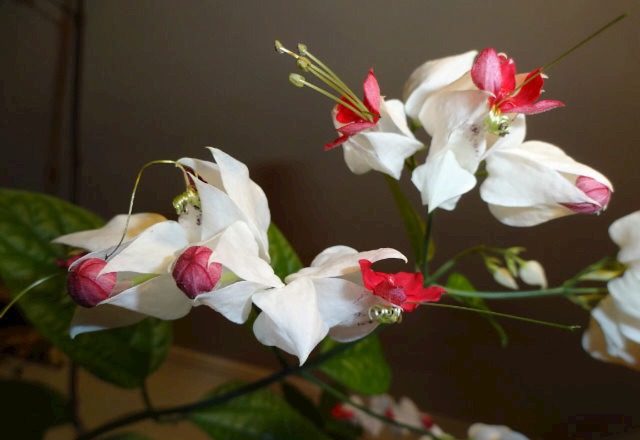
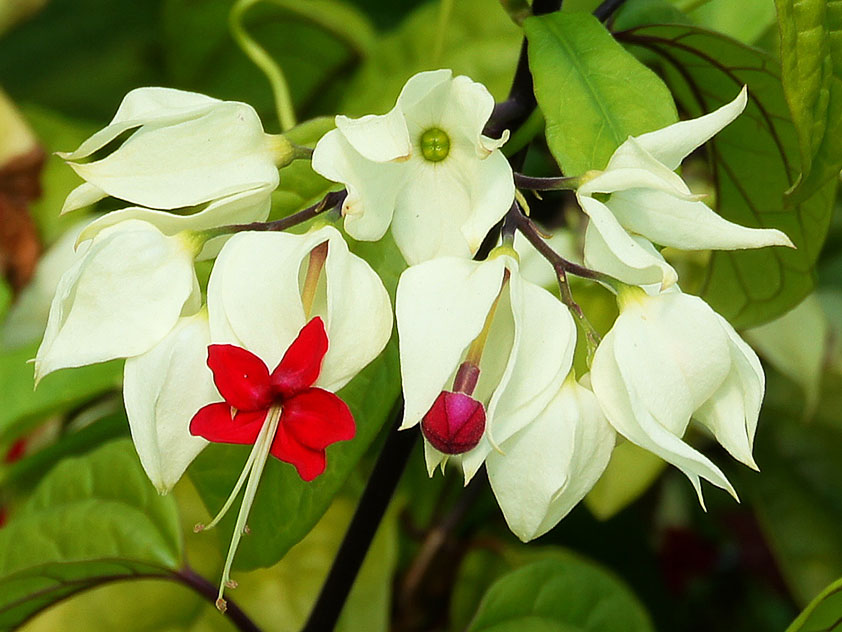
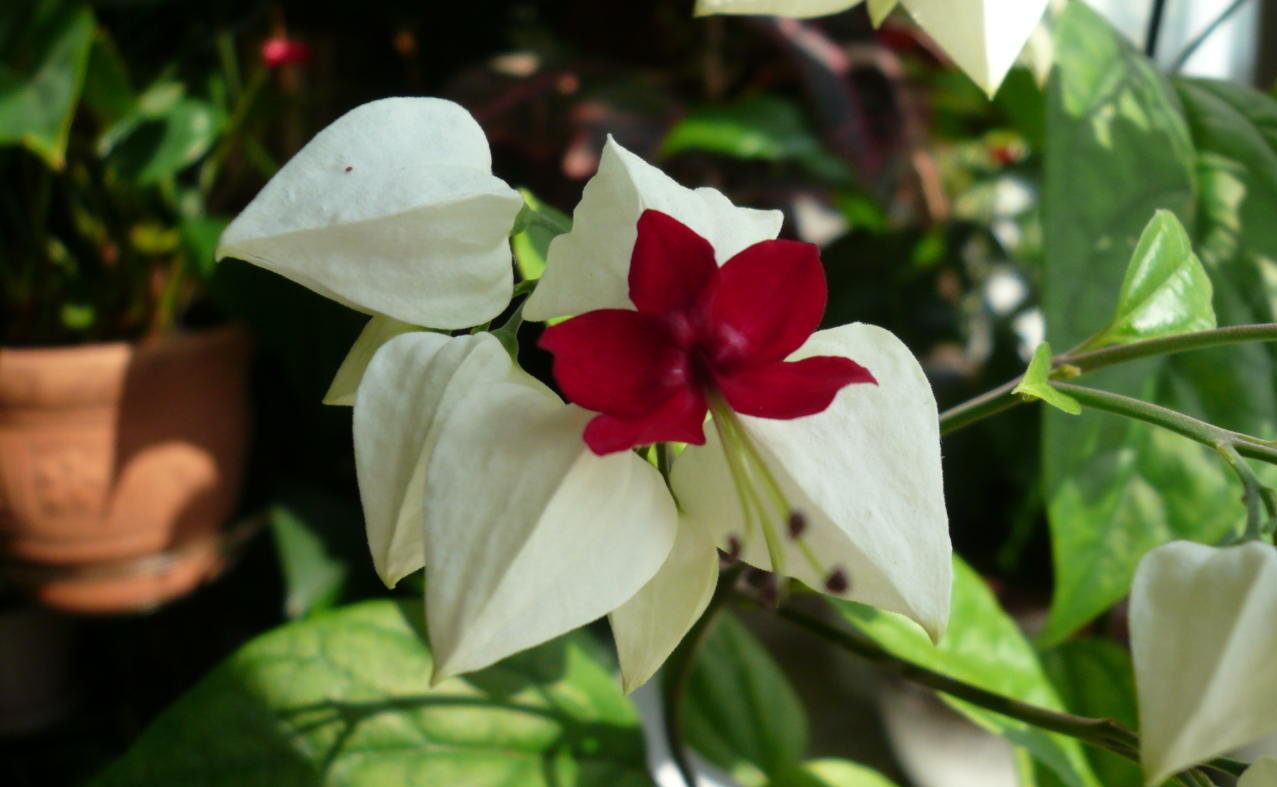



 10 beautiful annuals that bloom all summer
10 beautiful annuals that bloom all summer Sow in the ground, without seedlings: 10 beautiful and unpretentious flowers
Sow in the ground, without seedlings: 10 beautiful and unpretentious flowers Platicodon planting and outdoor care
Platicodon planting and outdoor care Hosta - planting and care in the open ground in the Urals
Hosta - planting and care in the open ground in the Urals